Introduction
Sea pressure loads are an important factor in the structural design of a vessel. What is sea pressure load? As the term suggests, it is the external pressure on the vessel due to the surrounding sea. What kind of pressure it is, and how to calculate it?
If we imagine a body floating in calm water, the water exerts pressure on it, and the water pressure increases with the body going deeper in water. This pressure is called hydrostatic pressure, and its distribution is something like shown in the figure below:
Besides the hydrostatic pressure, there are hydrodynamic pressure on the vessel. This arises due to the ship reacting to loads from waves, wind and current. These dynamic forces lead to dynamic pressure loads on the vessel. The structural members of the vessel should be able to withstand the total sea pressure loads among other loads. Also, the cyclical nature of wave loads can potentially lead to fatigue damage to the hull in the long run.
Thus, the structural elements of the vessel need to be assessed for these structural and fatigue loads due to the dynamic forces. In this article, we will examine the derivation of dynamic sea loads based on DNV Rules for Classification of Ships, Part 3 Hull, Ch 4 Loads, Section 5.1.
Load Scenarios
Two major types of assessments are covered in DNV Rules – first is the Strength Assessment of the vessel, and the second is Fatigue assessment. For each of them, the design load scenarios are different.
Load Scenarios of Strength Assessment
During its lifetime, the vessel may experience different kinds of load scenarios. It experiences different loads when it is in a harbor or at a sheltered location than when it is out in the open sea. Similarly, circumstances like ballast water exchange or tank testing/overfilling of tanks impose different kinds of loads on the tanks. DNV Rules capture these design load scenarios by laying out what kind of loads are applicable to each of these scenarios. Again, two types of loads are listed:
- Hull Girder Loads – Shear, Bending and Torsion
- Local loads – end bulkheads, side shells, internal tank structure, etc.
A snapshot of the DNV load scenarios for the Strength assessment is shown below:
Load Scenarios for Fatigue
Fatigue takes into account, similarly, both static and dynamic loads. Loads are divided into Hull Girder Loads and Local Loads, and static and dynamic loads are added to get the final load for the load case as applicable. The below snapshot shows the load scenarios for fatigue:
Dynamic Load Cases
Dynamic load cases are used for determining the dynamic loads required by dynamic load scenarios described in the previous section. These load cases are used for the following:
- Structural assessments:
- Strength assessments of plating, stiffeners, and primary supporting members
- Hull girder strength assessment
- FE assessments for structural members
- Fatigue assessments:
- for structural details covered by simplified stress analysis
- for structural details covered by FE stress analysis
Equivalent Design Wave (EDW)
The sea is comprised of a spectrum of waves. The analysis using full-blown spectra is complicated and time-consuming. The equivalent design wave concept replaces the spectra by a single wave of such height/wavelength which will lead to the same long-term results. EDWs are used to generate dynamic load cases for structural and fatigue assessments. DNV provides the details of the EDWs needed as per the table below:
The methodology
DNV Rules define the empirical formula for calculating the total pressure at any point of the vessel for either only static load scenario or static + dynamic load scenario. The total pressure is defined as a sum of hydrostatic pressure PS and wave pressure PW. Hydrostatic pressure can be simply calculated as ρg*(vertical distance of the point, z, from the waterline, TLC). However dynamic pressure is calculated differently for each dynamic load case as discussed earlier. Several coefficients are included in the calculations to capture effects like non-linearity, wavelength, amplitude, phase, girth distribution, etc. Similar approaches are used both for strength assessment and fatigue assessment.
The scenario-based calculations provided by these rules present a consistent way of calculating loads on a vessel that cover the appropriate mode of operation of the vessel. The dynamic load cases are based on an Equivalent Design Wave (EDW) concept that defines the loads equivalent for a long-term response. Thus, the rule-based calculations increase the durability of the hull structure, reduce the risks of major structural failure and ensure the safety of life, environment, and property.
References
- https://www.researchgate.net/publication/267606741_Comparison_of_Different_Equivalent_Design_Waves_With_Spectral_Analysis#:~:text=In%20a%20broad%20sense%2C%20an,generally%20the%20spectral%20extreme%20response).&text=Those%20waves%20include%20more%20physics,Factor%20above%201%20for%20instance).
- https://www.tandfonline.com/doi/abs/10.1080/17445302.2015.1045268
- DNV Rules for Classification of Ships, Part 3 Hull, Ch 4 Loads
Disclaimer: This post is not meant to be authoritative writing on the topic presented. thenavalarch bears no responsibility for the accuracy of this article, or for any incidents/losses arising due to the use of the information in this article in any operation. It is recommended to seek professional advice before executing any activity which draws on information mentioned in this post. All the figures, drawings, and pictures are property of thenavalarch except where indicated, and may not be copied or distributed without permission.
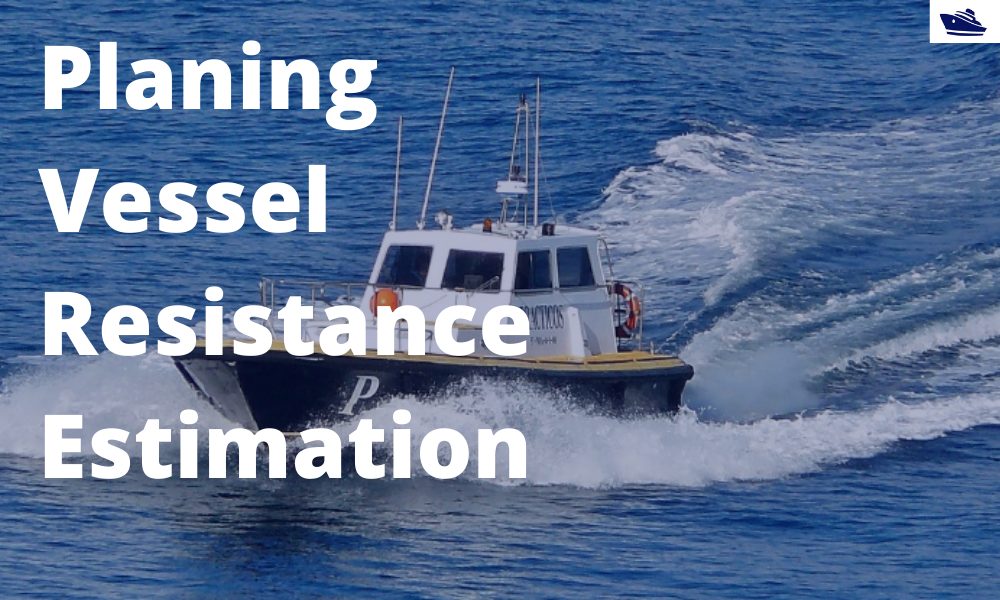
A quick empirical method for resistance estimation of planing vessels
Resistance estimation for a vessel is a fundamental exercise in design of the vessel. Resistance is a property that depends on the vessel’s shape and form. A conventional ship-shaped vessel with a bulb will have completely different resistance characteristics compared...
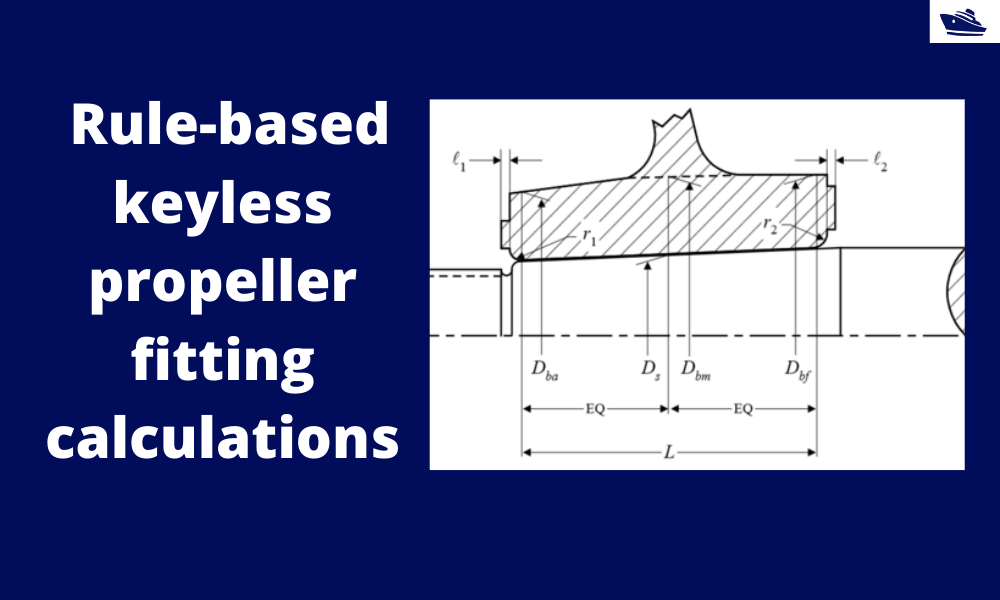
How to do rule-based fitting calculations of a keyless propeller
Introduction A keyless propeller, as the name implies, requires no key for fastening the propeller on the cone of the propeller shaft. How is the torque then transferred to the propeller? The torque is transferred by the friction between the propeller and the...
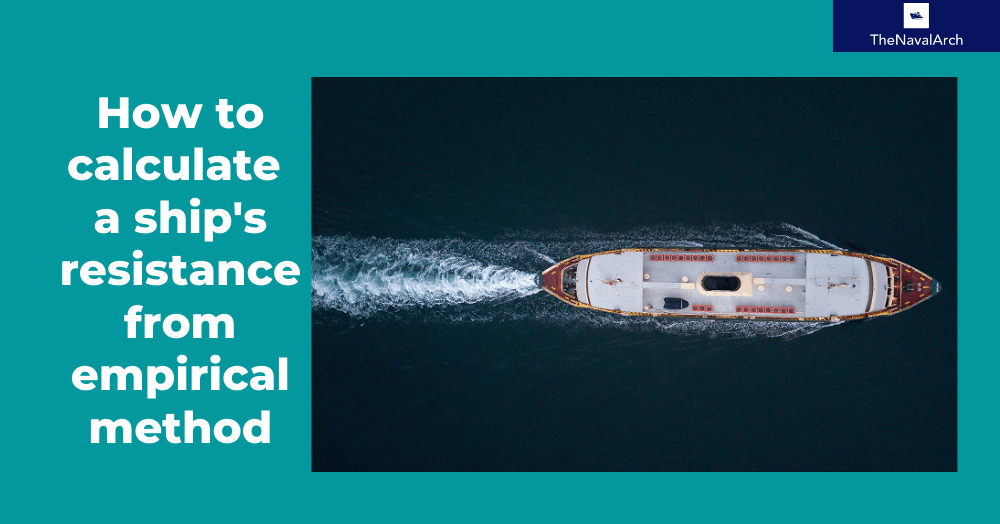
How to use empirical formulas to estimate the resistance of a Ship
How to use empirical formulas to estimate the resistance of a Ship Resistance estimation holds immense importance in the design stage of a vessel. Based on the results of the resistance estimation of a vessel, the selection of the right propulsion system is done....
Please check out TheNavalArch’s product for sea pressure loads estimation:

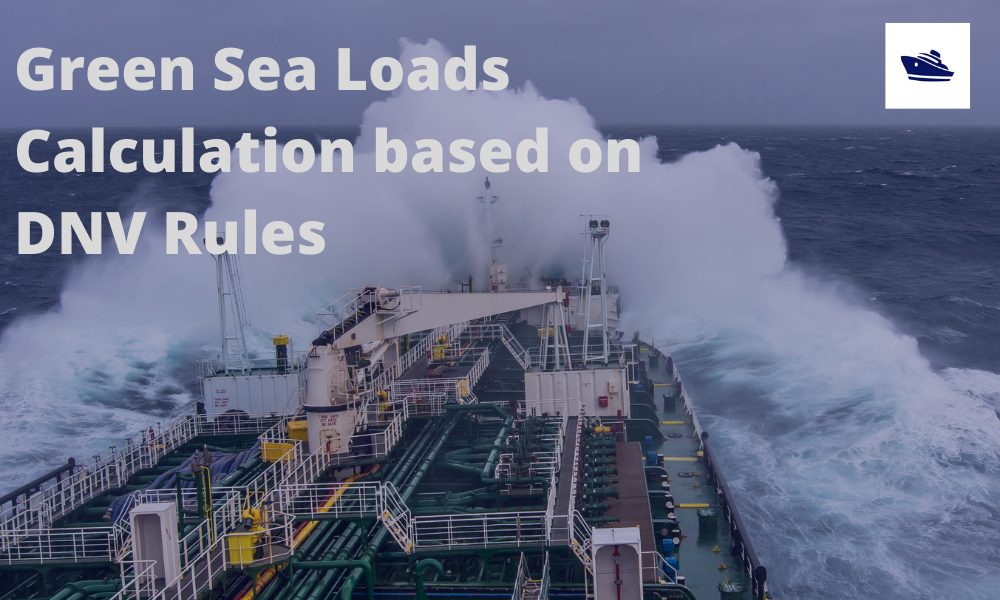
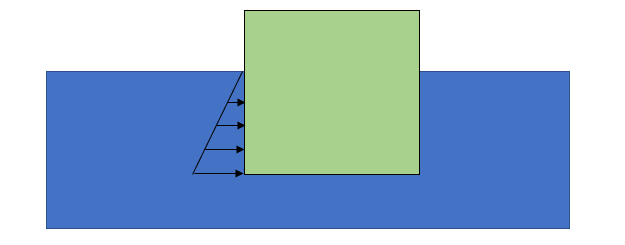
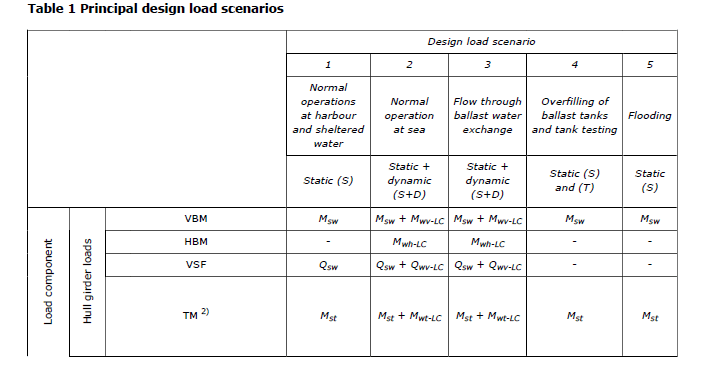
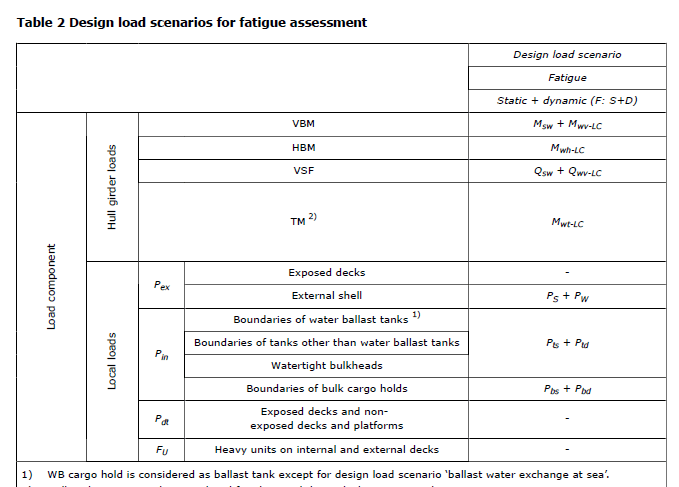
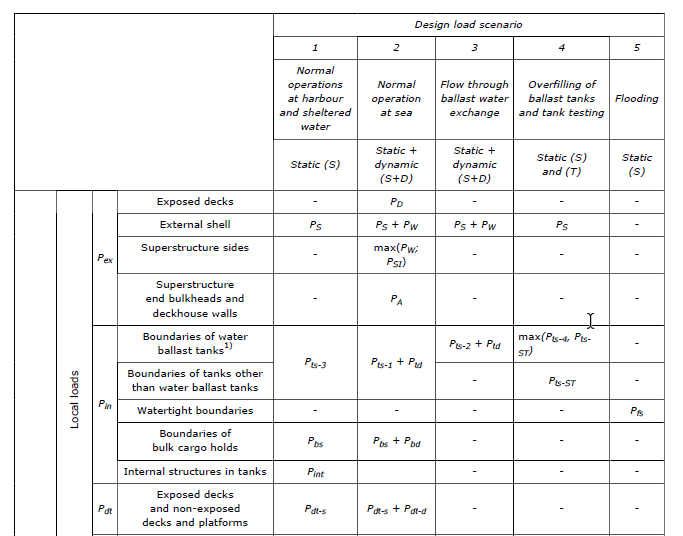
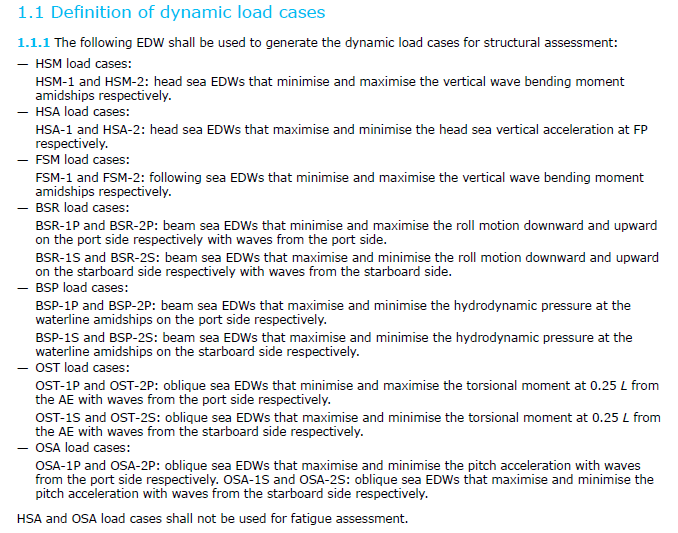
i am interested..
It would be very nice if one could enter the site without all sorts of nonsense. I have been using this site for a very long time but now find it hardly worthwhile. Please explain why you appear top keep changing the method of entry.
Chris R Carrington